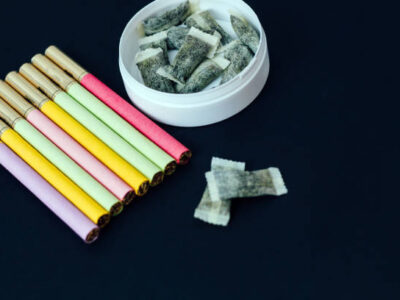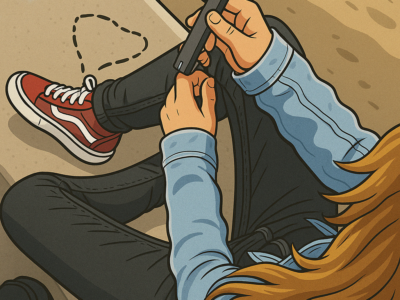There is a new designer drug on the streets known colloquially as Pink, Pinky, or U4. Pink is a synthetic opioid medication that is claimed to be eight times stronger than heroin. This new drug is claimed to have already caused over 80 overdose deaths. In November, the DEA classed Pink as a Schedule 1 drug, making it illegal in all states after its use was linked to the death of two teenagers in Utah.
What is Pink?
U-47700, also known as Pink, is from a family of powerful synthetic opioids that includes ifentanyl, carfentanil, and furanyl fentanyl. Its effects are similar to morphine or heroin, but it is much stronger.
Park City Police Chief Wade Carpenter told NBC News, “This stuff is so powerful that if you touch it, you could go into cardiac arrest. The problem is if you have a credit card and a cell phone, you have access to it.”
Pink has been seen in both tablet and powder forms. It is often marked with logo imitating heroin or might be labelled ‘For research purposes only’ or ‘Not for human consumption’ to avoid detection.
Where does Pink come from?
Pink is primarily imported into the U.S. from labs in China along with many other synthetic designer opioids including bath salts and mock ecstasy. As these illicit substances are coming from overseas, their ingredients and potency are questionable. Users might accidentally ingest any number of dangerous chemicals by taking a substance from one of these labs.
How is Pink made?
Pink was originally developed by chemists in the 1970’s to serve as a pain reliever for surgeries, cancers, or other situations involving extreme levels of pain. Pink was never made commercially available for use as a painkiller, likely because of its potency and toxicity.
What are the effects of Pink?
Symptoms of a Pink user can include: euphoria, sedation, relaxation, numbness, slowed breathing (sometimes to fatal levels), constricted pupils, constipation, rectal bleeding, severe nerve damage, itching, addiction, seizures, psychosis, and death.
The bottom line is that Pink is a new designer drug that offers a dangerous combination of potency and ease of access. While Pink is a relatively new drug on the scene, it is already responsible for at least 80 overdose deaths and possibly more. Pink is sometimes made to look like prescription opioids and users should be aware that obtaining drugs from the street – even if they appear to be prescription medication – can be dangerous. To stay safe, people should only used opioids prescribed by a doctor and dispensed by a pharmacy.


